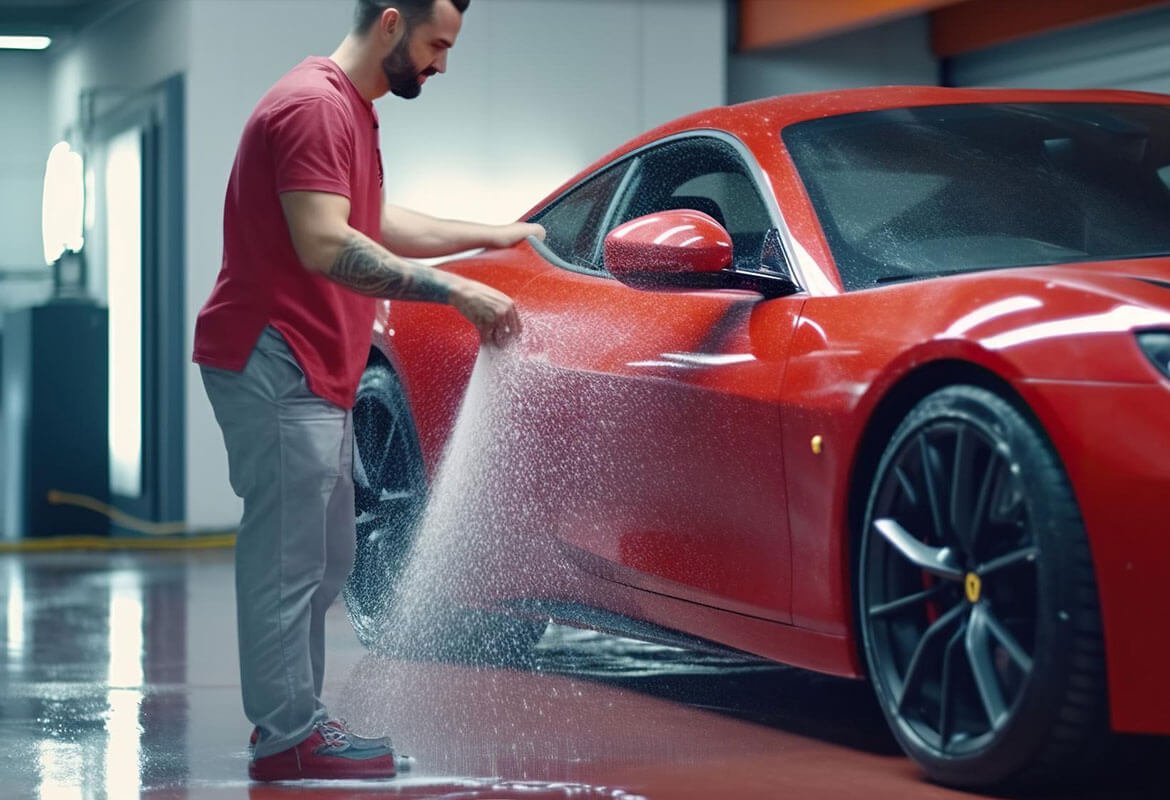The Hidden Ecosystem Inside Your Car: Microbes, Dust, and Mysterious Smells
Your car may feel like an extension of your home, but have you ever considered the unseen world thriving inside it? The hidden ecosystem within your vehicle is teeming with microbes, dust particles, and a mix of mysterious odors. From bacteria lurking on your steering wheel to the peculiar smells that arise from your air conditioning vents, your car is a surprisingly complex biological environment. In this article, we’ll explore what’s really inside your car, how it affects your health, and what you can do to maintain a cleaner ride.
1. The Microbial Universe on Your Steering Wheel
Your car’s steering wheel is one of the dirtiest surfaces you come into contact with daily. Studies have shown that it can harbor more bacteria per square inch than a public toilet seat.
Common Bacteria Found:
- Staphylococcus aureus – Often found on human skin and can cause infections if introduced to wounds.
- E. coli – A bacteria associated with fecal matter, often transferred through unwashed hands after handling food or using the restroom.
- Pseudomonas – Common in damp environments, this bacterium can lead to respiratory infections.
- Fungal Spores – Mold and mildew thrive in humid conditions, particularly in cars exposed to moisture.
How to Reduce Microbial Growth:
- Regularly wipe your steering wheel, gear shift, and dashboard with antibacterial wipes.
- Wash your hands before and after driving to reduce the spread of germs.
- Avoid eating inside your car, as food particles provide a breeding ground for bacteria.
2. The Mystery of Car Cabin Dust
The dust inside your car isn’t just ordinary household dust—it’s a unique blend of road grime, dead skin cells, fabric fibers, pollen, and exhaust particles.
Sources of Car Dust:
- External Air Intake – Pollen, pollution, and road dust enter through the air vents.
- Fabric Shedding – Upholstery fibers contribute to the dust buildup over time.
- Human Skin and Hair – Dead skin cells and loose hair accumulate, adding to the dust levels.
- Braking System Residue – Brake dust, which contains metallic particles, can settle inside your car.
How to Minimize Dust Accumulation:
- Vacuum your car’s interior, including seats and floor mats, at least once a week.
- Use an air purifier designed for vehicles to trap airborne particles.
- Replace your cabin air filter regularly to prevent dust and pollen from circulating.
3. The Microbial Jungle in Your Car’s Air Conditioning System
Ever noticed a musty smell when turning on your AC? Your car’s air conditioning system is a breeding ground for bacteria and mold.
Why Does Your AC Smell Bad?
- Condensation Build-Up – Moisture collects in the system, creating an ideal environment for microbial growth.
- Dirty Cabin Air Filter – A clogged filter traps bacteria, pollen, and dust.
- Mold and Mildew Growth – Left unchecked, fungi can spread through your ventilation system, producing musty odors.
How to Keep Your AC Fresh:
- Run the fan without the AC for a few minutes before turning off your car to dry out condensation.
- Clean or replace your cabin air filter every 6–12 months.
- Use an antibacterial spray designed for car AC vents to eliminate mold and bacteria.
4. The Science Behind Mysterious Car Smells
Strange odors in your car can be indicators of underlying issues. Here are some common smells and what they might mean:
1. Rotten Egg Smell – Indicates a problem with the catalytic converter, possibly due to a sulfur build-up in the fuel system.
2. Burning Smell – Could signal an overheating clutch, worn-out brake pads, or an electrical short.
3. Sweet Syrupy Smell – Often a sign of a coolant leak in the radiator or heater core.
4. Mildew or Musty Smell – Likely due to mold growth in the AC system or a water leak.
5. Gasoline Smell – Could indicate a fuel leak or an issue with the fuel injector.
How to Eliminate Car Odors:
- Keep windows slightly open when parked in hot weather to ventilate the car.
- Use activated charcoal or baking soda to absorb unwanted smells.
- Identify and fix leaks or mechanical issues promptly.
5. Hidden Dangers: The Impact of Car Microbes on Your Health
Long-term exposure to car bacteria and airborne pollutants can impact your health in several ways:
- Allergies & Asthma – Dust and mold spores can trigger respiratory problems.
- Skin Infections – Contact with contaminated surfaces can lead to minor skin infections.
- Weakened Immune System – Exposure to harmful bacteria can increase susceptibility to illness.
- Headaches & Fatigue – Poor air quality inside a car can lead to discomfort and reduced concentration while driving.
Preventive Measures:
- Regularly disinfect high-touch areas such as door handles, seat belts, and cup holders.
- Ensure proper ventilation while driving to reduce the concentration of airborne microbes.
- Avoid leaving food and drinks in the car for extended periods.
6. The Future of Cleaner Car Interiors
With advances in technology, automakers are working on solutions to keep car interiors cleaner and healthier.
Innovations in Car Hygiene:
- Self-Cleaning Surfaces – Some luxury car brands are experimenting with antimicrobial coatings on steering wheels and seats.
- HEPA Cabin Air Filters – High-Efficiency Particulate Air (HEPA) filters trap microscopic allergens and pollutants.
- UV Disinfection Systems – Some concept cars feature UV-C light to kill bacteria and viruses inside the cabin.
- Air Purification Systems – Built-in ionizers and air fresheners to maintain a healthier air quality.
Conclusion
Your car is more than just a machine—it’s a living, breathing environment filled with unseen microbes, dust, and scents that can affect your health and comfort. By taking simple precautions, such as cleaning your interior regularly, replacing filters, and ensuring proper ventilation, you can create a healthier driving experience. Next time you step into your car, remember that beyond the dashboard and upholstery lies a hidden ecosystem that needs just as much attention as your vehicle’s engine.
What’s the weirdest smell or dust buildup you’ve encountered in your car? Share your experience in the comments below!







